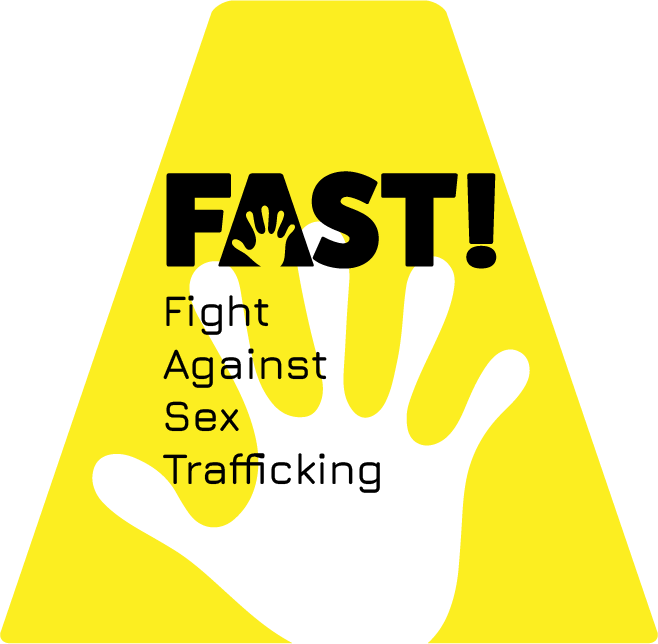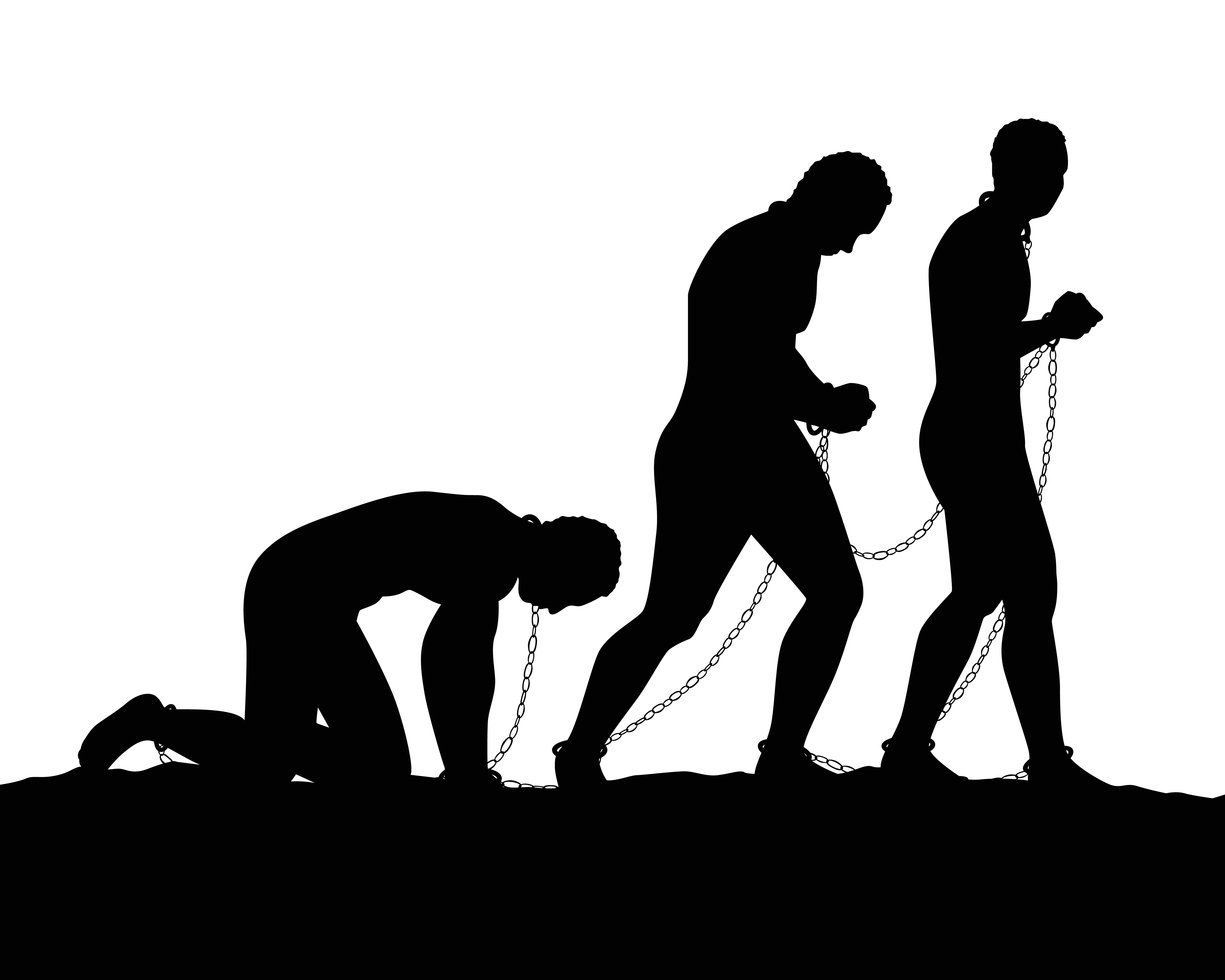From Ancient Chains to Modern Shadows. Tracing Slavery’s Legacy in the UAE.
The story of slavery continues to reverberate through time, manifesting itself in new and disturbing ways in the modern era. While the United Arab Emirates (UAE) stands as a beacon of progress and wealth, it has also gained the unfortunate distinction of being a top destination for human and sex trafficking. As we delve into the layers of this complex narrative, a troubling portrait emerges that compels us to examine how the chains of the past persistently echo into the present.
Centuries ago, the Gulf region was a hub of global trade, where human lives were bought and sold as commodities. Slavery was an integral part of society, with individuals from Africa, the Indian subcontinent, and Southeast Asia being subjected to unimaginable suffering. The accounts of early explorers and historians attest to the existence of slavery in the UAE and neighboring regions. Arab merchants engaged in the Indian Ocean slave trade, importing, and exporting enslaved people for various purposes.
As documented in various historical texts, including ” Slavery in the Arab World” by Murray Gordon, the Arabian Peninsula played a significant role in the global slave trade. Slavery was deeply ingrained in society, with enslaved individuals serving in households, agricultural fields, and commercial enterprises.
Fast forward to the present, where the UAE proudly showcases its modernity and opulence. The country’s skyline is adorned with architectural marvels, and it hosts a multicultural population drawn by the promise of economic opportunity. However, beneath this gleaming facade lies a grim reality that has earned the UAE a reputation as a hotspot for human and sex trafficking.
From Ancient Chains to Modern Shadows
According to the United Nations Office on Drugs and Crime (UNODC), the UAE is a source, transit, and destination country for human trafficking. This includes both forced labor and sexual exploitation. Reports reveal that migrant workers, particularly those from South Asia and Southeast Asia, are vulnerable to exploitative working conditions and human rights abuses. Many arrive in the UAE with dreams of providing for their families back home, only to find themselves trapped in situations of debt bondage and labor exploitation.
The transition from historical slavery to modern human trafficking is complex, involving a convergence of factors. Economic disparities, lax regulation, and demand for cheap labor have created an environment where exploitation thrives. The promise of well-paying jobs lures individuals from impoverished countries, making them susceptible to traffickers who exploit their vulnerability.
In the UAE’s context, the sex trade also poses a significant challenge. Despite official denial, evidence points to the existence of a lucrative underground industry that ensnares women, often from disadvantaged backgrounds, in a cycle of abuse and exploitation. A report by the U.S. Department of State identifies the UAE as a destination for women subjected to sex trafficking, highlighting the urgency of addressing this issue.



